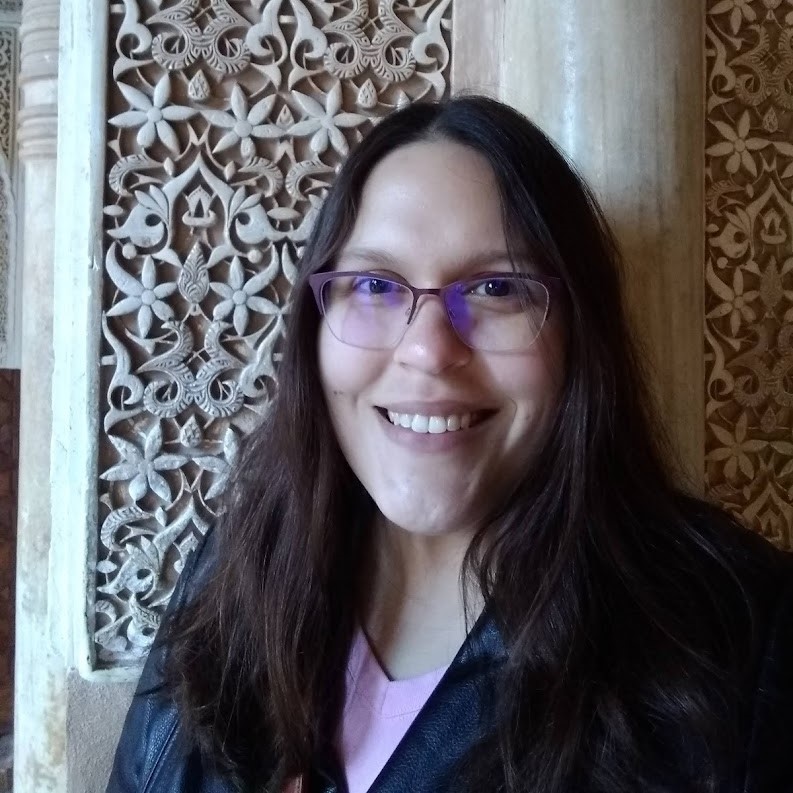How do Care Recipients View Chaplains?

Most chaplains and chaplaincy students describe themselves as versatile, able to offer spiritual care to adherents from any tradition or none. But recent research shows in many cases, that is not how they are perceived by the people to whom they offer care. When a chaplain goes into a room and introduces themself as “chaplain,” prospective recipients of care often hear “religious figure,” not “spiritual care provider” or “versatile spiritually informed professional.”
Since March 2022, the Chaplaincy Innovation Lab has been engaged in research about public perception of chaplains. With support from Templeton Religion Trust and in partnership with Gallup, Inc., we asked how the general public understands chaplaincy, how many U.S. adults have interacted with a chaplain, and what those interactions were like. We conducted a nationally representative survey (N=1,096) and 50 qualitative interviews with survey respondents. An overview of our findings is available in a working paper.
We recently published an additional analysis, “The Persistence of Religion as a Master Status for Chaplains,” to which we knew we would receive a range of responses from chaplains. To some readers, we have merely stated the obvious: Of course, chaplains are religious! Other readers have raised important questions: Doesn’t chaplaincy require many skills beyond religious competency? Why would care recipients see chaplains as primarily religious when chaplains are trained to provide spiritual care and comfort to those of all faiths and of none?
Let’s take a step back and look at what the data says. We spoke in-depth with 38 people who had interacted with a chaplain, most of them through healthcare organizations. We asked questions about how the respondent would define a chaplain and if the respondent would choose to interact with a chaplain again in the future.
The 38 people we spoke to had all been accompanied by chaplains and had, on the whole, a good understanding of what chaplaincy is about. Chaplains had listened when these folks talked. Chaplains had comforted them. Some people told us that they intended to be “repeat customers” and looked forward to meeting a chaplain again in the future. But we heard, over and over, the same motivation for speaking with a chaplain: some version of “The chaplain is there for religious support. The chaplain is a religious resource. Go to the chaplain for religious guidance. Family, friends, and therapists can handle everything else.”
In sociology, this is called a “master status.” Think of a master status as a dominant trait. It is the characteristic that governs social interactions. It may not be the most important thing about a person. In fact, it often isn’t very important in other contexts. But even in the interfaith, multifaith, or ecumenical spiritual care setting, the idea of “religion” remains very important to how people understand who a chaplain is and what a chaplain does.
We know this finding is challenging for many chaplains and chaplaincy educators to hear and we encourage reading the article (email us if you don’t have access through your institution) and engage with the findings. How might this and other evidence of gaps between how care recipients think about chaplains and how chaplains think about themselves inform the care chaplains provide? Chaplaincy training? Continued professional development? The field as a whole? We look forward to remaining in conversation about these questions.
Amy Lawton, Brandeis University
